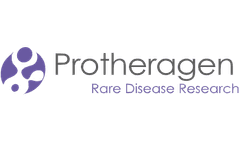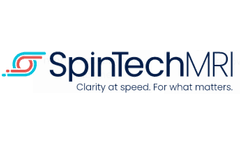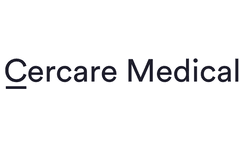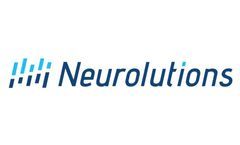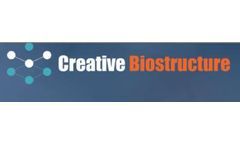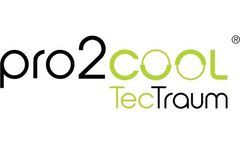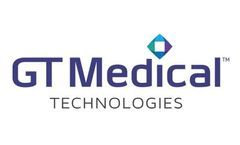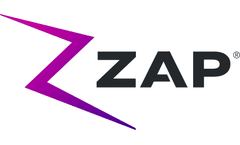Refine by
Brain Tissue Articles & Analysis
23 articles found
The human brain has long been regarded as one of the most enigmatic subjects in both medicine and science, captivating interest since ancient times. ...
Human brain has approximately 171 billion cells, of which slightly more than half (approximately 86 billion) are nerve cells. ...
Stroke, also known as transient ischemic attack or cerebrovascular accident, is an acute brain disease. Usually, a sudden rupture of a blood vessel in the brain or a blockage of a blood vessel that prevents blood from flowing to the brain can cause damage to brain tissue, resulting in a stroke. Long-term ...
Because neural stem cells (NSCs) have the potential of self-renewal and multidirectional differentiation, the method of suspended neural bulb culture can be used to obtain and study. After processing the embryonic brain tissue into a single cell, only the cells with the ability of self-renewal can be cloned and proliferated into a suspended nerve ball in the ...
Human brain has approximately 171 billion cells, of which slightly more than half (approximately 86 billion) are nerve cells. ...
For example, one of the most common MRI protocols — a routine brain scan without the use contrast — typically takes at least 20 minutes. ...
ALK-positive non-small cell lung cancer (ALK+ NSCLC) is a relatively rare and dangerous subtype, with patients suffering from a high incidence rate of brain metastases. Statistics show that about 55% of ALK-positive advanced NSCLC patients will develop brain metastases during the treatment process, which is a serious challenge facing oncologists. ...
Introduction Neurologic complications are frequently reported in COVID-19, but our understanding of their pathophysiologic causes and neuroanatomical correlates is limited. While several structural brain imaging findings have been reported in COVID-19, including non-spherical signal abnormalities on Susceptibility-Weighted Imaging (SWI), conventional perfusion imaging has not ...
Remember that the root cause of the problem is in the brain, not the arm. In other words, even though sudden and chronic stroke symptoms outwardly may surface in the arm, the brain tissue is what was attacked. Why should this critical piece of information be constantly reiterated throughout the rehabilitation process? Because the ...
Mapping the accessible genome in the mouse and human brain revealed the intricate arealization of brain regions. Applying spatial-ATAC-seq to tonsil tissue resolved the spatially distinct organization of immune cell types and states in lymphoid follicles and extrafollicular zones. ...
However, despite their promise, transcriptome studies are difficult due to the obvious difficulties in obtaining brain tissue and the fragile nature of isolated RNA. Microarray analysis, which is widely used for ND and neuropsychiatric disorders, has provided a wealth of information about transcriptional profiles in pathological states, despite mixed results. ...
As with previous tau protein diseases, these authors used neuropathologically confirmed brain tissues from human disease cases to extract tau protein filaments and analyzed their structure using cryo-electron microscopy. ...
To gain a better appreciation, you can start by having an idea of what happens to your brain during a concussion. The Injury Itself Inside of your skull, there is a protective liquid barrier that surrounds the brain. When a traumatic brain injury occurs, the fluid barrier moves back and forth. When the liquid moves, it carries your ...
The blood tests are significantly more effective than CT scans, which are not the most reliable method of finding brain tissue damage or lesions. So, the benefits of improved helmet protection are two-fold. Not only do they protect the brain, but they help scientists learn more in the process. With the new blood test, doctors can test blood for ...
Stroke is one of the most devastating and most prominent causes of disability around the globe, with 800,000 new cases each year in the US alone. During a stroke, the brain experiences an interruption in blood supply, which prevents the brain tissue from receiving the oxygen it needs to function properly. ...
KEY TAKEAWAYS The standard of care for aggressive brain tumors is resection.1 Adjuvant therapy (chemotherapy or radiation) is recommended when surgery is unable to remove all traces of a tumor.1,3 The most common method of adjuvant radiation treatment is fractionated EBRT.1,3 Radiation travels from outside of the body through the skull and into the brain, ...
For many primary and metastatic brain tumors, stereotactic radiosurgery (SRS) has proven to be an effective treatment with outcomes equivalent to invasive surgical procedures. ...
Synonyms Rainbow Trout Fry Syndrome (RTFS) Bacterial fry anemia Low temperature disease Peduncle disease Saddleback Tail-rot Systemic myxobacteriosis Cause of the Disease Bacterial Coldwater Disease (BCWD) is caused by Flavobacterium psychrophilum, also known as Flexibacter psychrophilus and Cytophaga psychrophila. There may be strain differences among isolates but their importance ...
This has been accomplished by a series of clinical trials that have demonstrated the efficacy of the treatments for patients 6 hours post stroke onset, then 8 hours out, and finally, 24 hours after first stroke symptoms, based on brain tissue viability as determined by imaging studies [see Figure ...
Hyperbaric oxygen therapy can help increase oxygen levels in the blood and body tissues to supply the necessary energy to the brain in order to improve brain metabolism. ...



